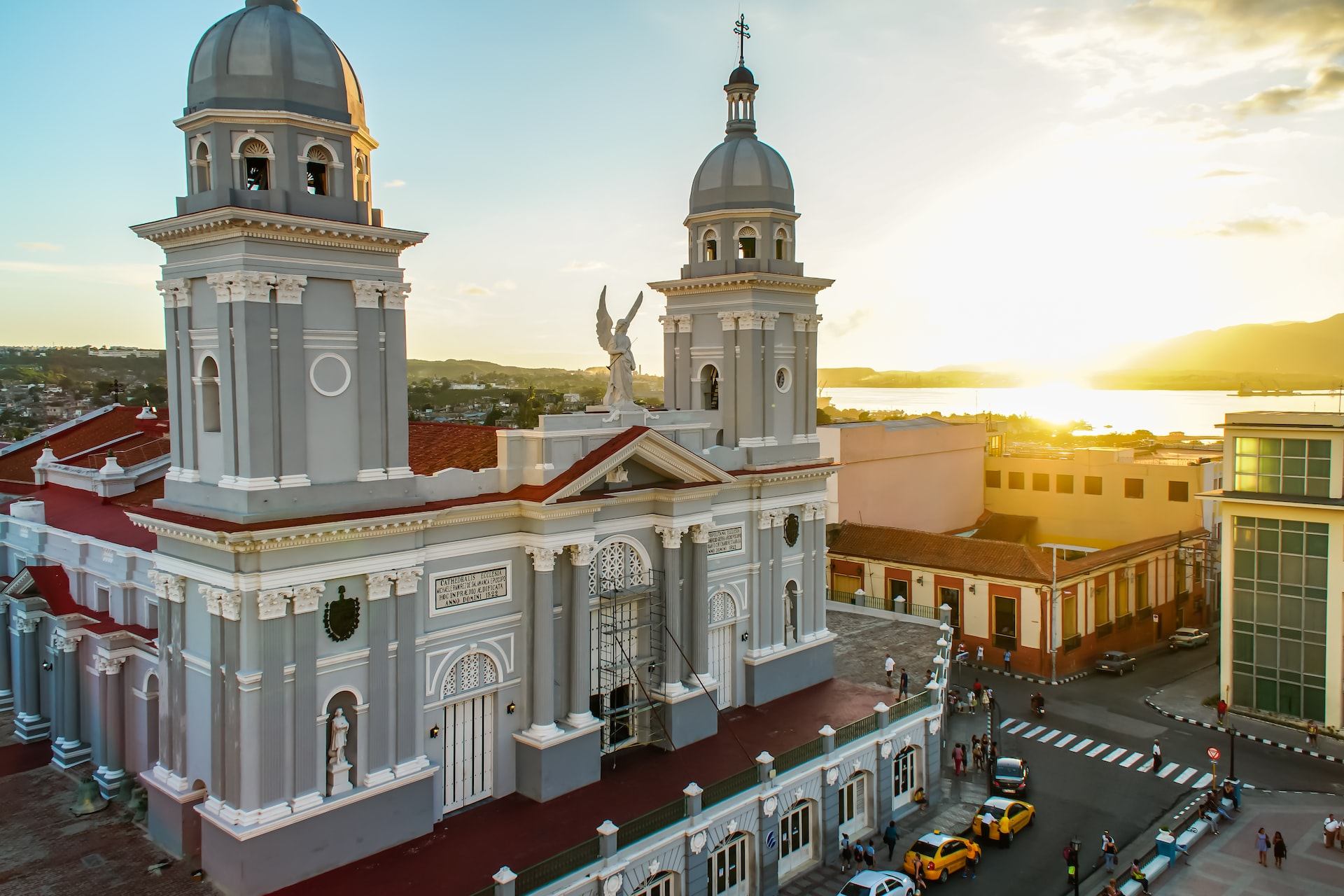Santiago de Chile weather:
Santiago de Chile, the capital and largest city of Chile, is known for its Mediterranean climate characterized by warm summers and cool winters. The city is located in the central valley of the country, surrounded by the Andes Mountains to the east and the coastal range to the west, which play a major role in shaping the weather patterns in Santiago. The city’s location also makes it a great destination to experience the changing of the seasons.
The average temperature in Santiago de Chile ranges from a low of 8.9°C (48°F) in July, the coldest month, to a high of 25.8°C (78.4°F) in January, the warmest month. The city experiences a dry season from May to September, and a rainy season from October to April. The annual precipitation in Santiago is around 434mm (17 inches) with the highest amount of precipitation falling in April and May. The city also experiences occasional heat waves, with temperatures sometimes reaching up to 40°C (104°F) during the summer months.
| Month | Low (°C) | High (°C) | Low (°F) | High (°F) | Rain (%) |
|---|---|---|---|---|---|
| January | 15.3 | 25.8 | 59.5 | 78.4 | 20 |
| February | 15.0 | 26.1 | 59.0 | 79.0 | 20 |
| March | 14.7 | 26.3 | 58.5 | 79.3 | 20 |
| April | 12.9 | 23.9 | 55.2 | 75.0 | 50 |
| May | 10.5 | 20.5 | 50.9 | 68.9 | 10 |
| June | 8.3 | 17.8 | 46.9 | 64.0 | 5 |
| July | 8.9 | 17.2 | 48.0 | 63.0 | 5 |
| August | 8.9 | 17.2 | 48.0 | 63.0 | 5 |
| September | 10.5 | 20.5 | 50.9 | 68.9 | 10 |
| October | 12.9 | 23.9 | 55.2 | 75.0 | 20 |
| November | 14.7 | 26.3 | 58.5 | 79.3 | 30 |
| December | 15.3 | 25.8 | 59.5 | 78.4 | 30 |
When it comes to deciding the best time to visit Santiago de Chile, it ultimately depends on what you’re looking to experience. If you’re looking to experience the warmest weather, the summer months of December through February are the best time to visit. During this period, the city experiences warm temperatures, with an average high of 25.8°C (78.4°F) and plenty of sunshine. This is also the peak tourist season, so expect crowds and higher hotel prices.
On the other hand, if you’re looking to experience the city’s cooler weather, the winter months of June through August are the best time to visit. During this period, the city experiences cooler temperatures, with an average low of 8.9°C (48°F), and less rainfall. This is also the off-peak tourist season, so expect lower hotel prices and fewer crowds.
If you’re looking for a balance of warm weather and fewer crowds, the shoulder months of September and November are the best time to visit. During this period, the city experiences warm temperatures with an average high of 20.5°C (68.9°F) and less rainfall. This is also a great time to experience the changing of the seasons, as the city transitions from the dry season to the rainy season.
For those who enjoy outdoor activities, the spring months of September through November are the best time to visit. During this period, the city experiences warm temperatures with an average high of 23.9°C (75.0°F) and less rainfall, making it ideal for hiking, cycling and other outdoor activities. This is also a great time to experience the city’s blooming flowers and green parks.
If you’re interested in experiencing Santiago’s cultural scene, any time of the year is a good time to visit. The city has a vibrant cultural scene with a variety of museums, theaters, and festivals happening all year round. Some of the city’s most famous festivals include the Festival Internacional de Teatro de Santiago, the Festival de la Canción Chilena, and the Festival de la Guitarra.
In conclusion, the best time to visit Santiago de Chile depends on what you’re looking to experience. If you’re looking for warm weather and sunshine, the summer months of December through February are the best time to visit. If you’re looking for cooler weather and fewer crowds, the winter months of June through August are the best time to visit. And if you’re looking for a balance of warm weather and fewer crowds, the shoulder months of September and November are the best time to visit. Ultimately, Santiago de Chile has something to offer all year round, it’s just a matter of what you’re looking to experience.



